Behind the Closet Door: The Truth About What We Own (And Don’t Wear)
Are we building personal style — or just turning over our closets?
I’m Emily Stochl 👋 for the last seven years, I’ve covered resale, becoming a go-to voice on where circular fashion is headed. You come to Pre-Loved for resale insights — you stay for practical takeaways you can apply to your own sustainable closet, or secondhand business.
We finally have the receipts: data from tens of thousands of real-life shoppers and their closets, which tells a shocking story about how we shop and wear — and, some might say, waste! — our clothes.
For years, sustainable fashion advocates have speculated about what’s really happening inside our closets — approximating at the average consumer’s closet size, how often we wear and re-wear our pieces, and (crucially!) whether our wardrobe habits are inching us any closer to a more sustainable future.
Now, thanks to Indyx’s first-ever State of Our Wardrobes report, we don’t have to guess anymore:
“Until now, we’ve had almost no visibility into our collective closets or how we’re really using them. This report changes that,” wrote Yidi Campbell, Founder & CEO of Indyx.
Think of State of Our Wardrobes like the ThredUp Resale Report, but instead of resale industry trends and market projections, this report zooms in on the buyer: what’s actually hanging in our closets.
It’s built from the anonymized data of 10 million digitized clothing items in users’ wardrobes — a behind-the-scenes look at how we really dress, not how we say we do.
And the results? Let’s just say, it’s time to face the (very full) closet mirror…
Let’s rewind for a moment:
In 2020 — yes, while we were all stuck at home — I picked up Less is More: How Degrowth Will Save the World by Jason Hickel. In it, Hickel defines degrowth as: “a planned reduction of excess, which brings the economy back into balance with the living world in a safe, just and equitable way.” Yes! I thought as I underlined passages and pages; his work made it feel like a global shift toward consuming less wasn’t just necessary, but possible.
By this time I was already deep into my own secondhand shopping lifespan, and fully avoiding unethically-produced Big Fashion. But Hickel’s work (and other’s, I was on a real kick at the time…) nudged me toward a wider lens — beyond personal individual choices, toward the larger systems shaping them.
Fast forward to 2025. We’re still staring down the same impossible climate math we have been for fifty years. Fashion brands continue to churn out far more than our planet can absorb, and landfills, incinerators, and resale platforms are flooded with excess.
And, yes, corporations do bear most of the responsibility for creating this environment — including for producing the constant marketing (brainwashing!) that drives shoppers to frantically buy-buy-buy.
But we’re not getting out of it until we face the facts: real change will require behavioral shifts at the individual level, too. Specifically, to shop far less. Even if we didn’t start the fire, we’re still fueling it.
Indeed, to meet our collective climate goals, degrowth advocates propose a bold benchmark: buy fewer than five new clothing items per year.
Yet, according to real closet data from Indyx, the average person is adding 59 new items to their wardrobe annually. That’s nearly five new pieces every month — more than 11x the degrowth goal.
Oof. We’re way off track.
So where do we begin? Don’t worry — I’ll walk you through the data, unpack what it means, and share some practical ways to shift gears. We’ll do it together.
Size Does Matter — Especially When It Comes to Our Closets
The average Indyx digital closet holds 166 items. And for 1 in 5 users, that number grows quickly, with “super-shoppers” adding 10+ new items each month.
(One user even clocked in with a dizzying wardrobe of 4,000 pieces. We don’t have time to go there today… 😵)
And yet, most of us still feel like we have nothing to wear.
Fortunately, visibility could be the foundation for shifting these shopping habits. I asked Devon Rule, Indyx’s co-founder and Head of Growth, how users’ habits shift with time in their digital wardrobes:
“We already know that nearly 60% of Indyx users report that the pace at which they buy clothing has slowed down since they started using the platform,” she shared.
That self-reported shift is promising — and the Indyx team hopes to see it reflected empirically in future reports, with fewer unworn items, slower accumulation, and more wears for what we already own.
“The more visibility people have into what they already own and wear, the more power they have to make intentional decisions going forward.”
— Devon Rule, co-founder of Indyx, and Head of Growth
Are “Forever Pieces” a Convenient Myth?
One of the loudest signals from this report: closet churn is high.
Let’s revisit that Big Fashion brainwashing/marketing — the endless pitches for “elevated basics” and “forever pieces.” Brands promise that if we just buy this one timeless item, we’ll finally build that perfect, lasting wardrobe.
But the numbers tell a different story.
Over 33% of our wardrobes were bought in the last year.
Nearly 75% was purchased in the past three years.
That’s a lot of newness and churn. Even those pieces we’re sold as “investment, forever” pieces… aren’t sticking around for long. If we’re constantly starting over, are we really building personal style — or just replenishing our closets rapid-pace?
We Own a Lot. We Wear It Very Little.
Despite our closets bursting at the seams, we’re barely wearing what we own. Across all categories — from clothes to accessories to shoes — the average item has only been worn 10 times. For clothing specifically, that number drops to just 7 wears. Dresses? 3 wears per year. Tops? 6 wears per year, on average.
A full 25% of our wardrobes sat completely untouched for an entire year.
This is miles away from sustainable fashion’s #30wears goal — the idea that every piece we buy should be worn at least thirty times.
That gap between what we believe and how we behave is what we call the sustainable fashion fallacy: the illusion we can buy our way to a “more sustainable” wardrobe, without actually changing how we dress, consume, or connect with our clothes.
We say we value quality, longevity, and mindful consumption. But, are our closets lying to us, or are we lying to ourselves? Let’s discuss:
Abundance or Overwhelm?
We’re not just shopping, we’re shopping fast. And that pace overwhelms us.
We’ve all seen this scene play out: you’re standing in front of your closet. You have 68 tops. You feel like you’ve worn them all before. Nothing feels quite right. So, in a panic, you do what the marketing has trained us to do — you scroll, you shop, and you add another “going-out top” to the mix.
Only now you have 69 tops — and you still feel stuck. Cluttered, even.
With an average of 166 total items, including 68 tops, many of us feel trapped in this cycle of overwhelm: feeling like we have nothing to wear, while being surrounded by clothes we barely touch.
So...What Can We Actually Do With This Information?
In short: the churn hurts everyone. Including the secondhand fashion spheres I know readers of Pre-Loved care about.
We’re seeing it already — we can’t resell our way out of this crisis. If we’re constantly buying clothes that don’t serve us, and discarding them after a few wears, we’re flooding the resale market with low-quality inventory, dragging the whole fashion ecosystem down.
That’s why The State of Our Wardrobes matters. It invites us to pause and take inventory. To acknowledge that something feels off — maybe not just the numbers in our closets, but in our daily dressing routines, too?
Rule reminds us what’s been missing from this sustainable fashion conversation:
“There’s been a lot of focus on how brands can produce more sustainably or ethically, and then what happens [with the clothes] after — through resale, donation, or recycling.
But there's much less focus on the in-between: what happens when clothes are actually in our closets. Which, arguably, is the entire point of fashion and all the fuss we make about it! What are we doing making all this stuff in the first place if not to be worn (and, hopefully, loved!)?”
That in-between space — between purchase and donation — is where so much of the real story lives. And until now, we’ve had almost no data to help us reflect on it.
We all have gut feelings about our own styling habits — I wear that dress all the time! — but how accurate are they, really? That’s where Indyx wants to make a difference:
“We believe the visibility and intention of a digital wardrobe can fundamentally shift our relationship with clothes,” Rule wrote.
Fashion should be a creative, expressive outlet. But when the pressure to keep up drowns out our own instincts and overwhelms our ability to choose, it all just becomes a burdensome mess.
These findings aren’t about guilt, they’re about clarity: they’re a chance to reconnect with what we already own, redefine our shopping habits, and realign with our values.
Here’s where you can start:
A closet audit, not a clean-out.
Take stock of what you own and how often you wear it. The goal isn’t to ‘get rid of X number of things’ (you’ll end up re-buying!) it’s finding clarity on what serves your life and style.Use the report as a gut-check. “Are you wearing the pieces you own as much as you thought? Are there types of items you tend to overbuy and underuse?” Indyx encourages users to compare their own closets to the generalized findings.
Shop your closet first.
When the urge to buy hits, restyle something you already own. New outfits don’t require new items.Pause before you purchase.
Ask yourself if you could wear that piece more than 10 times (above average, as it stands!) or 30 times? If not, it might not be worth the spot in your wardrobe...Set wear goals, not just buy limits.
No-buy challenges are great — but so are “wear-more” goals. Track your re-wears and your outfit-repeats, and aim for a lower cost-per-wear.Try a “wear everything once” challenge.
Commit to wearing every item in your closet before shopping again. You’ll rediscover favorites — and confront what’s not working.Normalize outfit repeating.
Repetition is a sign of personal style — all the great’s do it! Lean into your signature looks.Reflect before you resell or donate.
Did you get your wear’s worth? Maybe not — and that’s worth learning from. Let each offload sharpen your future.
It’s not just about clothes — it’s never just about clothes. It’s about us — how we cope, how we express ourselves, what we value.
This report holds up a mirror between our values and our habits. While that reflection might feel uncomfortable, it’s also empowering. Because with visibility comes the ability to choose differently.
Our closets aren’t just cluttered — they’re full of clues. What we keep, what we reach for, what we avoid — it all says something about who we are, and who we’re becoming.
When I return to my well-worn, scribbled-in copy of Less is More, I find its epigraph — a quote from the environmentalist and writer, Wendell Berry — underlined:
“We don’t have a right to ask whether we’re going to succeed or not. The only question we have a right to ask is: What’s the right thing to do? What does this Earth require of us if we want to continue to live on it?”
That’s the spirit I hope you bring to State of our Wardrobes. Because here, in 2025, the question is: what story do you want your wardrobe to tell next?
Download the Indyx 2025 State of our Wardrobe Report
Follow on Substack
Thank you for reading! Find me across the internet on Instagram, TikTok, and Threads! 💛 - Emily







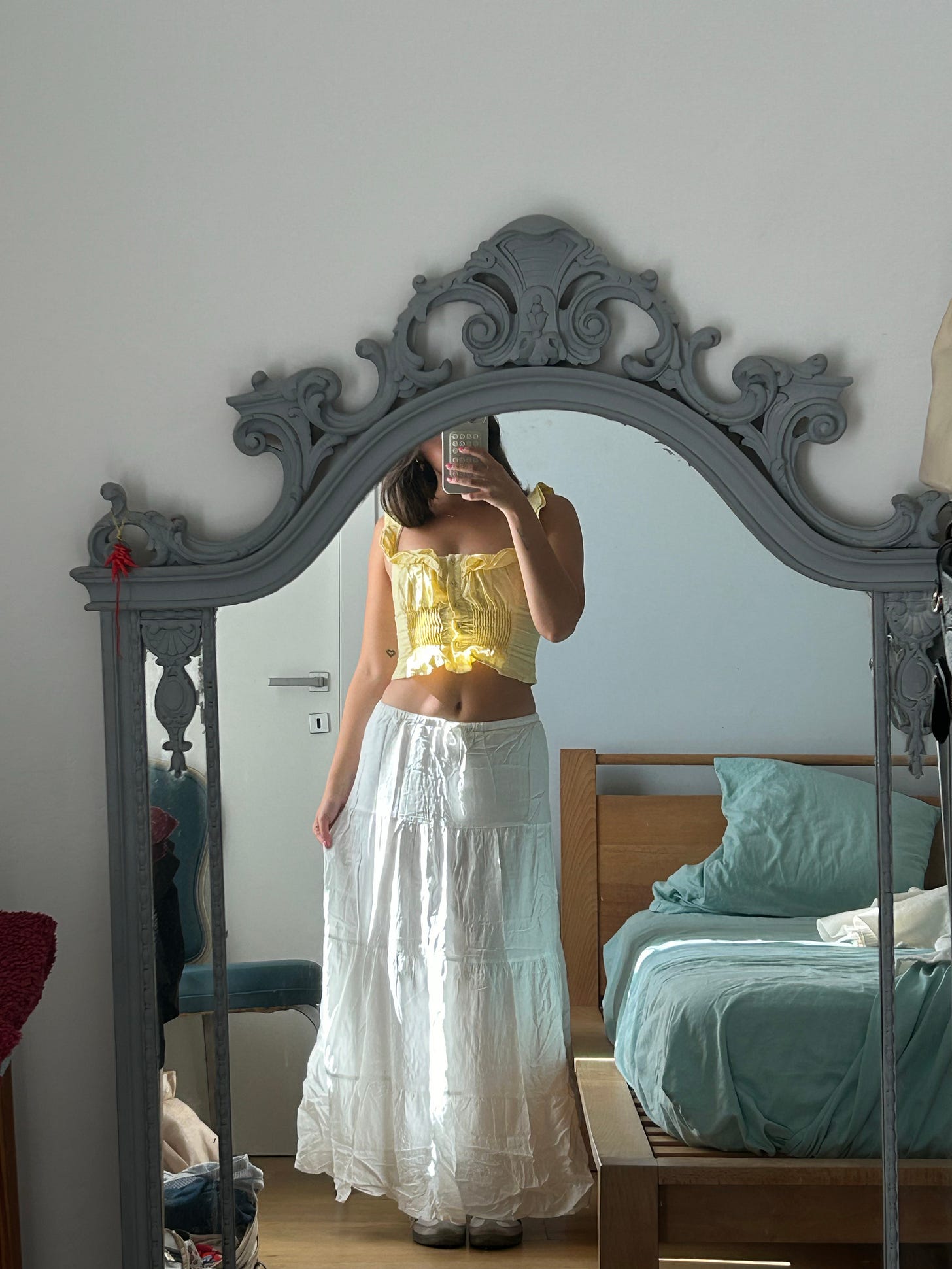
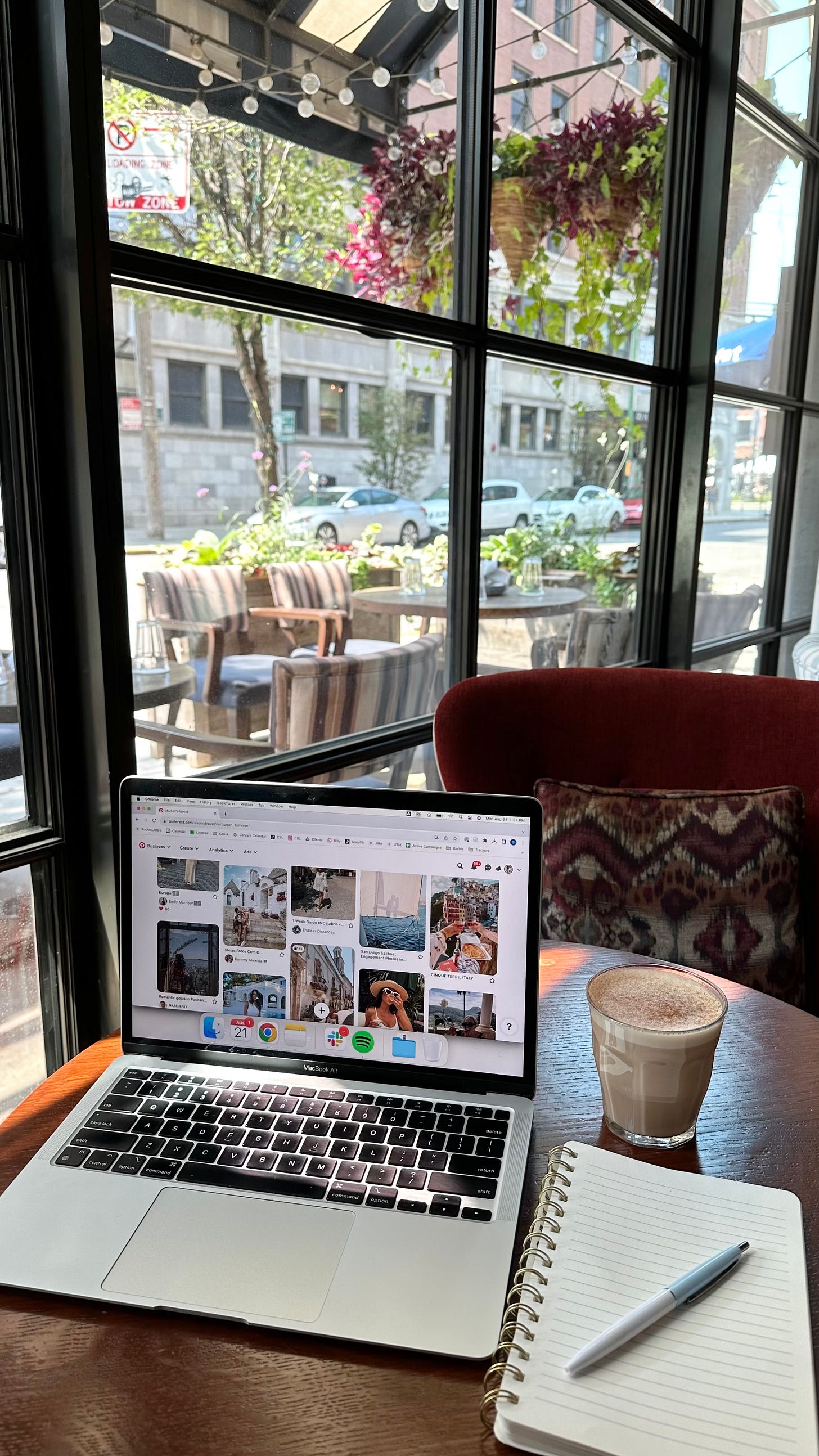
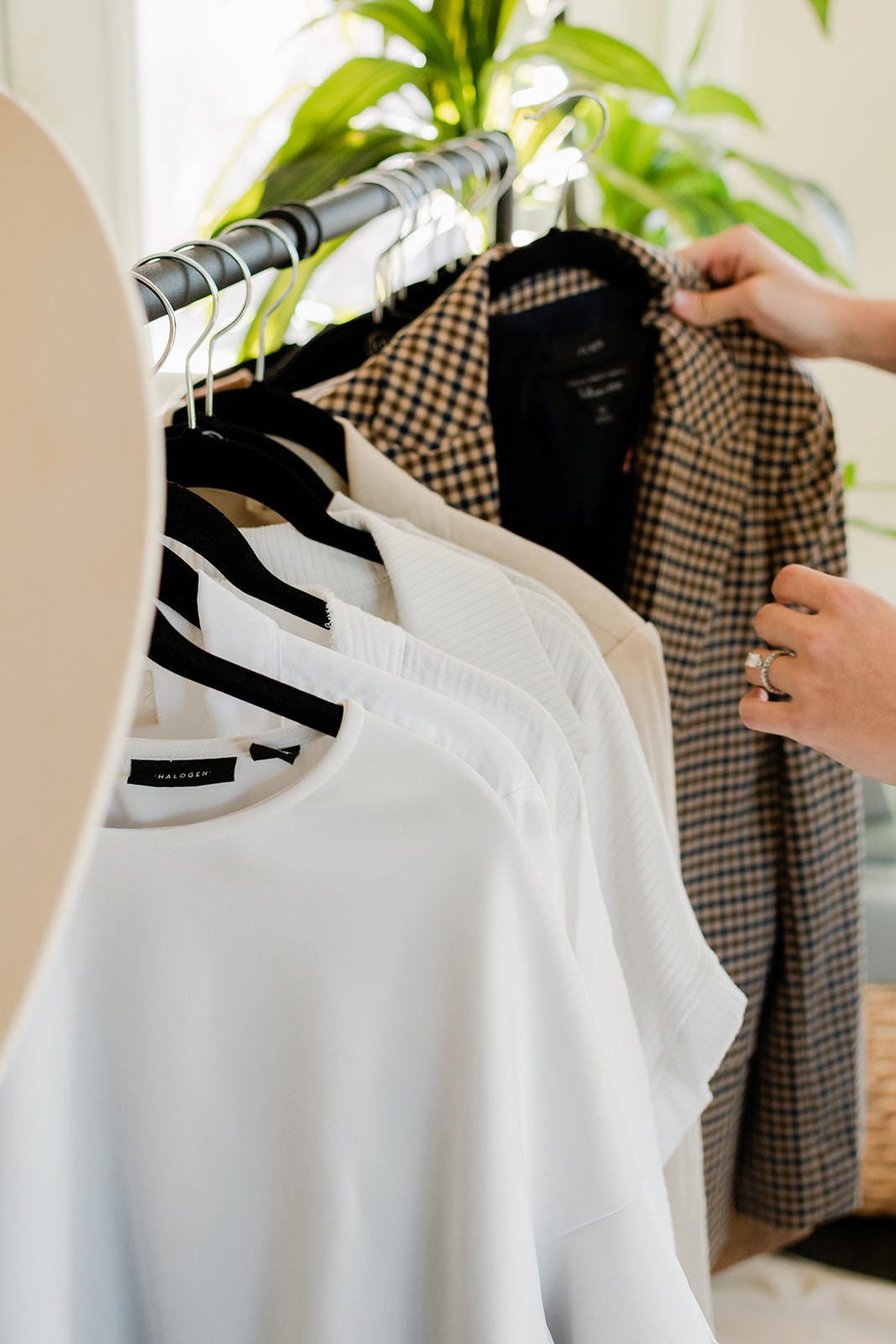



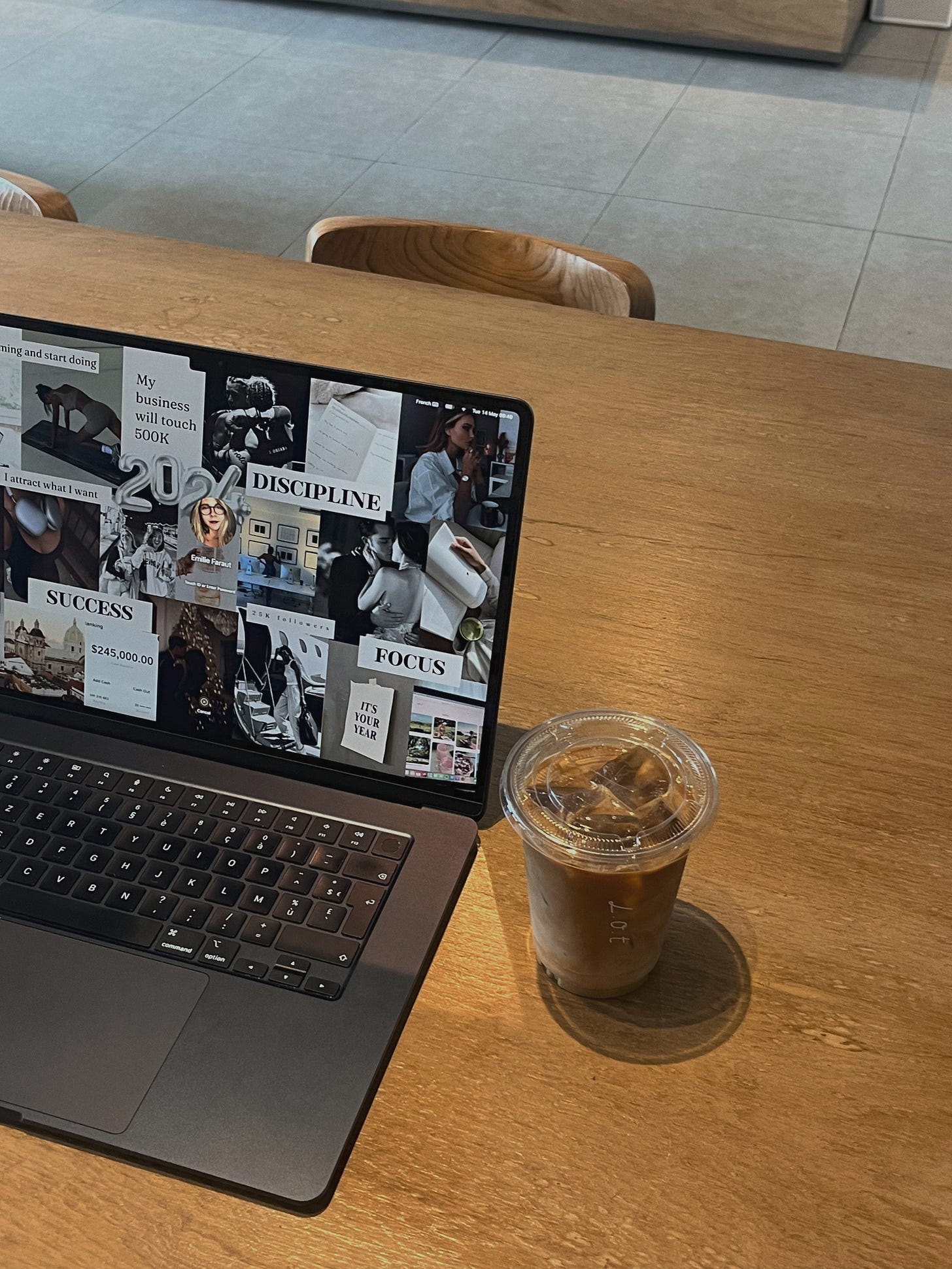
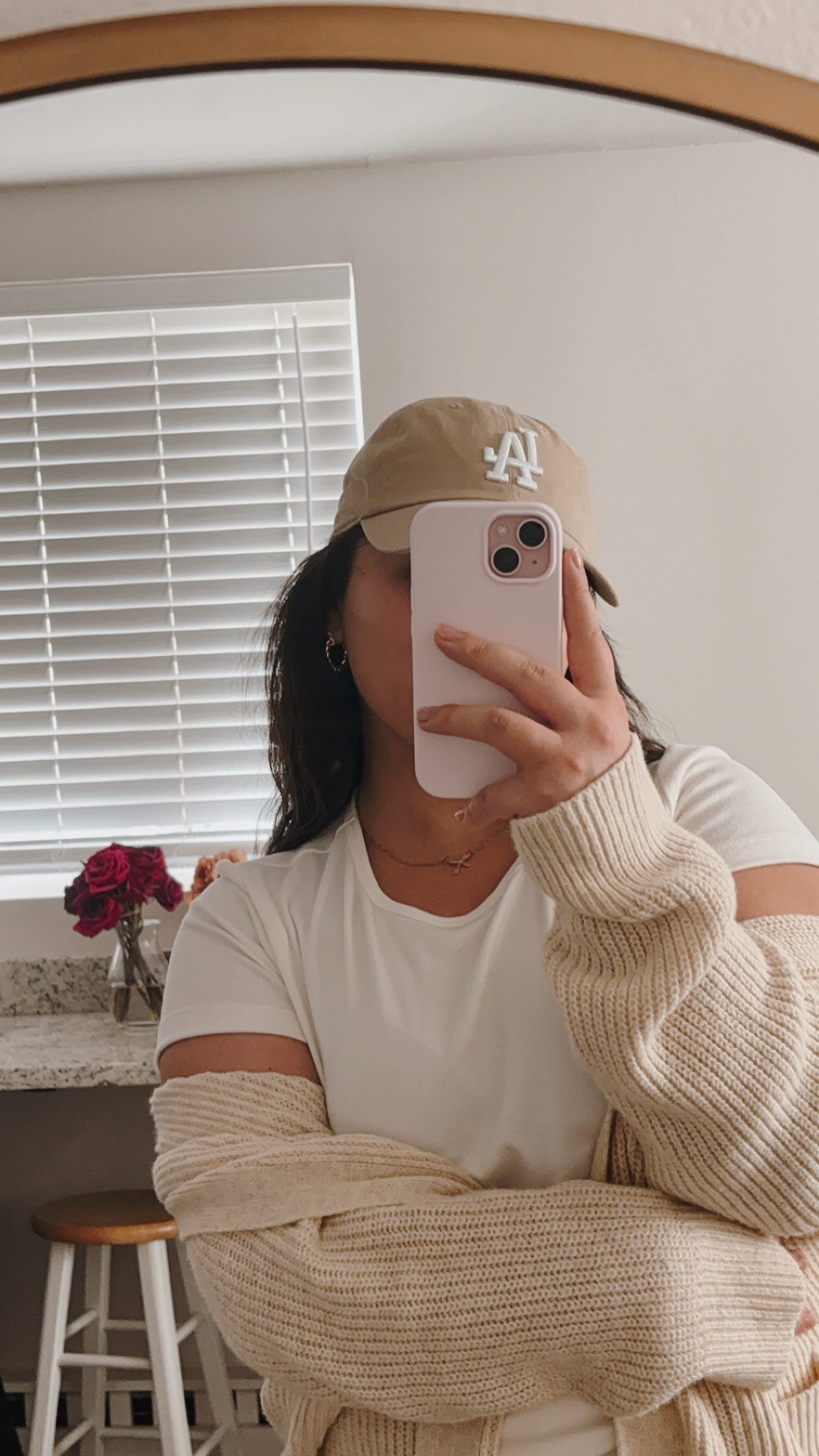
Ok. Love this and adding so much to my TBR pile. But- how do we stave off apathy when we know, particularly in the US; that consumer behavior just isn’t shifting?